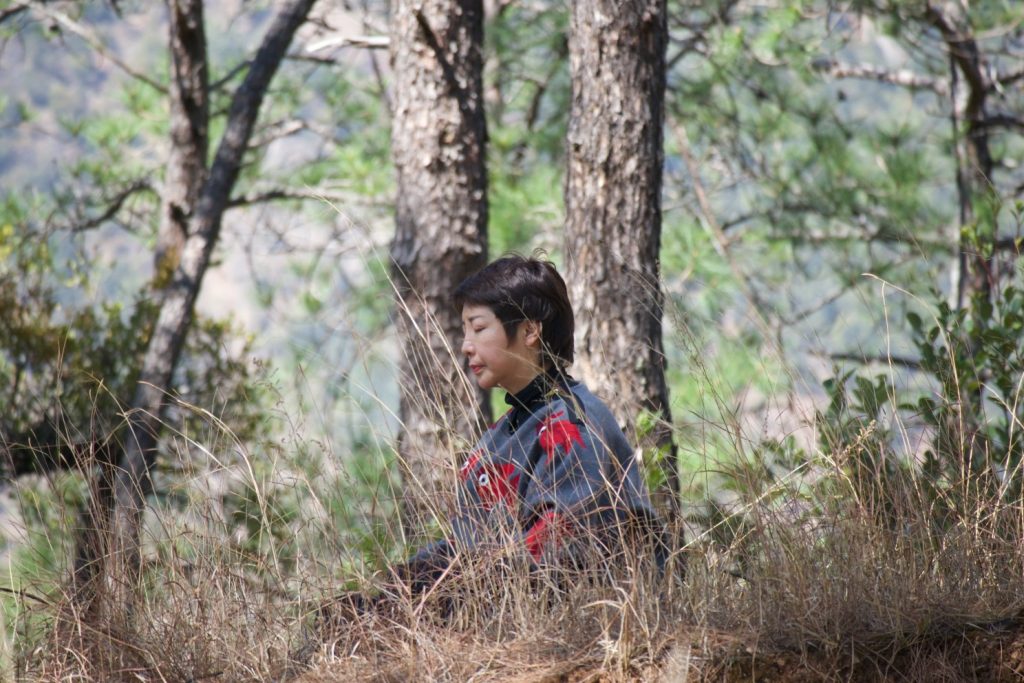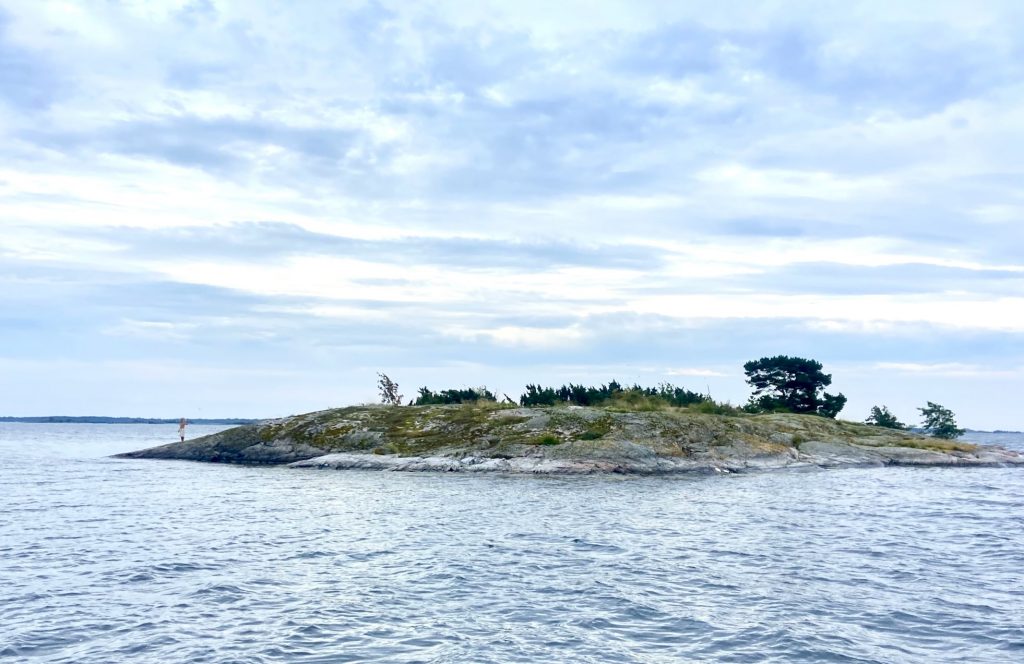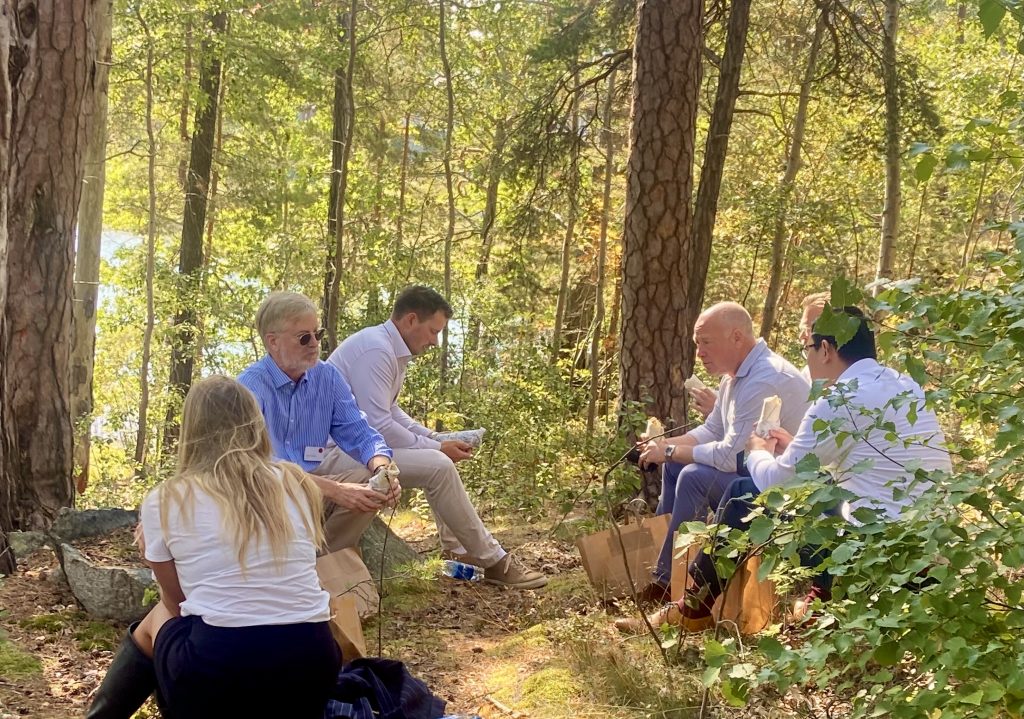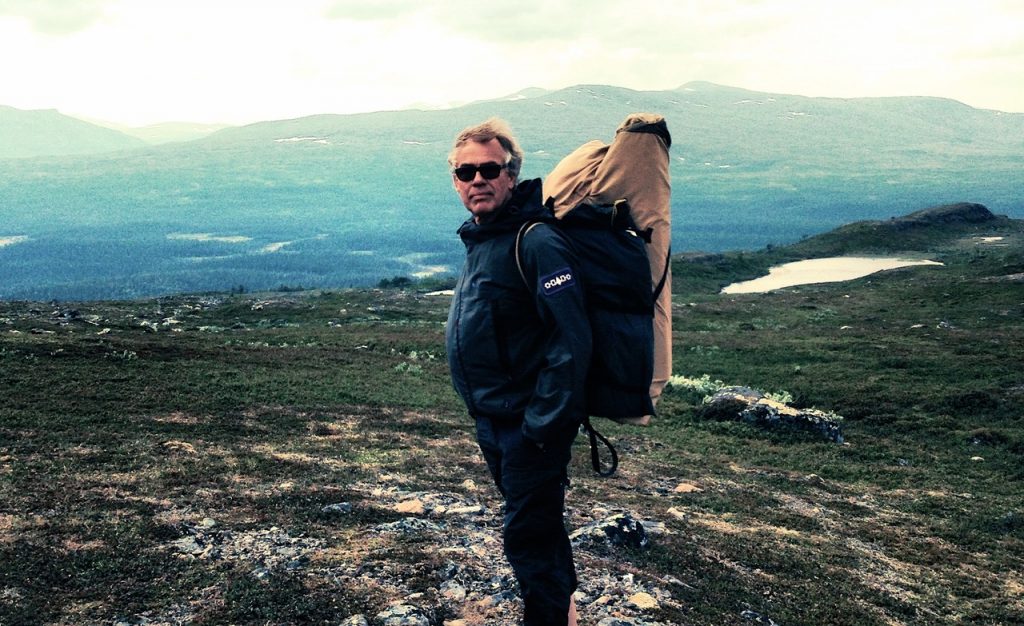The Concept of Nature
For many Indigenous cultures, there is no concept of ”nature” as separate from existence itself; everything is part of a dynamic, relational web. In contrast, modern perspectives often divide nature into inner (human nature), outer (the physical world), and true (deep consciousness). While useful, this framing reflects a separation that many Indigenous traditions might not recognize.
- Inner Nature (Human Nature): This is typically understood through psychological and biological frameworks, but in many wisdom traditions, it is inseparable from the larger web of life. Modernity often positions human nature as something to be controlled or optimized. Still, a relational approach sees it as an expression of Earth’s metabolism—our emotions, desires, and impulses are not isolated but part of an entangled ecological and ancestral inheritance.
- Outer Nature (Earth, Planetary Ecology): Instead of viewing the planet as an external environment, we can shift our language and perception to recognize Earth as an active, co-shaping presence. By moving beyond the term ”environment” to ”planetary metabolism” or ”ecology,” we acknowledge that we exist within nature, not apart from it.
- True Nature (Deep Consciousness): Many spiritual traditions point to an underlying interconnected consciousness. Rather than defining ”true nature” as something to be discovered individually, we can see it as an attunement process—moving away from mastery and control toward relational fluency, learning to navigate complexity with humility and responsiveness.
Beyond ”Reconnecting with Nature”
”Reconnecting with nature” implies a separation that does not truly exist. We are nature. Our bodies are ecosystems, teeming with microorganisms constantly interacting with our environment. To move beyond this dualistic thinking, we emphasize:
- Interconnectedness: Strengthening our awareness of our inherent place within the natural world.
- Harmony and Balance: Striving for equilibrium between human activity and the environment.
- Active Participation: Engaging directly in natural processes to deepen awareness of our role in nature’s cycles.
- Knowledge and Appreciation: Expanding our understanding of nature’s complexity and beauty through respect and curiosity.
Quest for Transformation

A Quest is often seen as an adventure, a search for meaning, or a pursuit of transformation. However, a Nature Quest is not about heroically conquering knowledge or personal enlightenment. Instead, it is an unlearning process—shifting from human-centered mastery to a more relational way of being. Nature Quest incorporates a suite of powerful neuro-transformational practices.
The Quest can help us repattern:
- Perception: Loosening modernity’s grip requires re-attuning to the flows and rhythms we’ve been conditioned to ignore. The original source code is still there; we must quiet the noise to access it.
- Sensory and Relational Intelligence: The Quest invites Earth to co-shape our perception. Instead of seeing with our eyes alone, we learn to listen with our bodies, sense with intuition, and move with relational responsiveness, dissolving the artificial boundary between self and world.
- Humility and Accountability: Nature does not exist solely to provide personal epiphanies. The Quest requires shifting from being mere ”observers” to being accountable co-participants.
- Being-With Nature: It’s not just about learning about nature, but being with it—a dance rather than a lesson.
- Embracing Discomfort: The Quest is not a romanticized retreat. Boredom, resistance, fear, and grief may arise, confronting us with how deeply disconnected we have become. The invitation is to stay present in that discomfort, without rushing to fix, resolve, or escape it.
The Nature Quest: A Cornerstone of Nature-Based Leadership.
Nature-based leadership is rooted in ancient wisdom supported by modern science. These practices enhance neuroplasticity, calm the stress response, boost executive function, and rewire the brain for greater empathy, resilience, and presence. Nature-based leadership offers a pathway to embodied presence, resilient self-leadership, and authentic transformation through direct, lived experience.
Below are the foundational elements, now with integrated insights from neuroscience.
Sensing – Reconnecting to Our Original Intelligence
Neuroscience Insight: Regular sensory awareness practices engage the default mode network, reduce overactivity in the amygdala(the stress and fear center), and enhance activation of the prefrontal cortex, improving attention, emotional regulation, and decision-making.
Practice: By intentionally training the senses, we restore our capacity to fully inhabit the moment. Sensing calms the nervous system, increases interoception (awareness of internal states), and strengthens the brain’s capacity to regulate emotions and respond wisely rather than reactively. This is the neural basis for embodied, adaptive leadership.
Natural Movements
Neuroscience Insight: Engaging in natural movements activates multiple brain regions responsible for proprioception, spatial awareness, and motor control. These movements reinforce neural pathways linked to functional agility, coordination, and adaptability.
Practice: Creating and enacting personal rituals around natural movements during and after the Quest solidifies these neural adaptations. The ceremony honors physical competence, validates embodied confidence, and establishes lasting neural integration to improve overall functional capacity. It enhances physical resilience, improves neuromuscular coordination, and reinforces adaptive, functional movement skills.

Weaving Connection and Gratitude – The Thanksgiving Address
Neuroscience Insight: Gratitude practices increase dopamine and serotonin levels, rewiring the brain to notice the positive. They also decrease markers of inflammation and enhance long-term mental health. Repetition strengthens these neural pathways, like braiding strands into a rope.
Practice: The Thanksgiving Address ritual fosters neuroplasticity by embedding a mindset of appreciation and relational attunement. Each phrase deepens the sense of interbeing, dissolving the illusion of separation and nurturing empathy toward all life forms. The result is a brain wired for compassion and connection.
The Wheel of Transformation – Embodied Change
Neuroscience Insight: Transformation requires neurointegration — linking different brain regions for coherent function. The Wheel’s stages mirror the core stages of trauma healing, emotional regulation, memory reconsolidation, and behavioral change.
Practice: Each stage of the Wheel supports a different neurological process:
- Centering activates self-awareness and balances hemispheric function.
- Sensing engages the somatosensory cortex, interrupting trauma loops.
- Feeling activates and integrates emotional circuits (limbic system).
- Illuminating recruits the hippocampus and prefrontal cortex for insight and reframing.
- Reconciliation supports future-oriented visioning and whole-brain integration.
Over time, this cyclical process rewires the self towards coherence and resilience.
Solitude (Solo Time)

Neuroscience Insight: Solitude increases alpha waves in the brain, which are associated with creativity and calm. It also enhances connectivity in the default mode network, which is key for self-reflection and meaning-making.
Practice: Solitude in nature strengthens inner dialogue, enhances emotional clarity, and reduces overstimulation. It supports self-coherence — critical in leadership under uncertainty.
Forget the Clock
Neuroscience Insight: Chrono-detachment (disconnecting from mechanical time) allows the body to recalibrate to circadian rhythms, optimizing hormonal balance and nervous system regulation.
Practice: Releasing the tyranny of time supports a return to natural rhythms — syncing body, mind, and environment. This creates the internal spaciousness required for deep reflection and healing.

Physical Fasting
Neuroscience Insight: Fasting increases brain-derived neurotrophic factor (BDNF), which supports neural repair and cognitive clarity. It also improves insulin sensitivity and clears mental fog.
Practice: Fasting during the Quest helps interrupt unconscious patterns and reset behavioral loops, allowing new neural pathways to form based on insight, not impulse.
Digital Fasting
Neuroscience Insight: Digital fasting reduces overstimulation of the dopaminergic system and restores attention networks. It also calms the sympathetic nervous system, reversing chronic stress effects.
Practice: Without screens, the mind heals. Attention spans expand, anxiety decreases, and the ability to be fully present returns, supporting deeper connection to both self and surroundings.
Personal Ritual & Ceremony – Gratitude Ritual & Sensing Practices
These are daily anchors during the Quest, strengthening neuro-emotional resilience and reinforcing the transformation process.
Neuroscience Insight: Symbolic actions engage the limbic system and encode transformation at the emotional and somatic level. Ritual increases meaning, embeds memory, and enhances psychological integration.
Practice: Creating and enacting personal rituals during and after the Quest strengthens the internal shift. Ceremony celebrates transformation, validates insight, and marks a neural “closure” that makes change stick.
Integration: Self-Leadership Rooted in Wholeness
Together, these practices — informed by ancient wisdom and affirmed by neuroscience — create a dynamic and adaptive leadership model. Participants emerge with:
- Greater self-regulation and awareness
- Enhanced resilience and adaptability
- Reconnected values and purpose
- Stronger relational presence and ecological identity

Dialogues & Council Sharings
Neuroscience Insight: Symbolic actions engage the limbic system and encode transformation at the emotional and somatic level. Ritual increases meaning, embeds memory, and enhances psychological integration.
Practice: Strengthen collective coherence and emotional intelligence and facilitate group adaptability. Dialogues strengthen the internal shift. Ceremony celebrates collective transformation, validates shared insight, and marks a neural “closure” that makes collaborative change stick.
Integration: Leading from Wholeness
These cornerstones—Sensing, Thanksgiving Ritual, The Wheel of Transformation, Nature Quest Natural Movement, and Dialogue—form a powerful self-leadership approach rooted in presence, reciprocity, and embodied wisdom. This methodology supports us as self-leaders in cultivating resilience, self-awareness, and regenerative capacity in alignment with the rhythms of the living world. Nature-Based Leadership grows not just better leaders, but more whole human beings.
Welcome to Register >>


